Progressive overload is a training concept that can be applied in many ways. As the name implies, it is simply the concept of using progressive difficulty to push the limits of your performance. By starting with an easy exercise, and then gradually making it more difficult, you force your body to adapt and become stronger.
Progressive overload is a concept that has been practiced in various martial arts for centuries, but the term was invented by Dr. Thomas Delorme. Delorme used this method not to create extraordinary athletes, but to rehabilitate soldiers that were injured in World War 2.
Benefits Of Progressive Overload Training
There are several important benefits that come from this type of training. First, and most important, is rapid development. By continually pushing the body to its limit (or near the limit, at least), you can obtain faster results. There are also obvious benefits in the area of performance.
Another good thing about progressive overload training is the fact that we know it to be safe. Due to its history as a physical therapy method, we can definitely assume that this kind of training is safe when used correctly. This combination of enhanced performance and relative safety is perhaps the best thing about the progressive overload concept.
There is also a definite benefit to the user in terms of morale. When you are constantly reaching new heights, it really makes you feel that you have accomplished something worthwhile. Repetitive training, by contrast, makes people feel that they are running in place.
Progressive overload is also a great way to get past those annoying plateaus. Think about it like this: If your workout doesn’t change, why should your body change? Repetition is easy…you do 10 reps of this, 20 reps of that, and so on, going down the list. However, the easy way is not going to yield the results that you want.
The Importance Of Moderation
As we already mentioned, this training method was created for rehabilitation purposes, and that means it is generally safe. That being said, Delorme’s patients did this kind of training under the careful supervision of a professional. You probably won’t have that, so you need to be careful.
You already know that this training method will involve constantly pushing your limits. However, you need to understand that you cannot increase your difficulty too often. Give yourself time to get acclimated to your current training routine before you attempt to ramp up the difficulty. An injury could put you out of action for weeks or even months, wiping out all your hard work.
Methods Of Progressive Overload Training
There are many ways of doing this kind of training. In fact, there is literally an infinite number of ways in which this principle can be applied. This is due to the fact that progressive overload can be applied to any exercise. All you have to do is figure out a way to make it progressively harder.
Here are some examples of the many ways in which you can increase the difficulty for a particular exercise:
- Do more reps
- Add more weight or another resistance band
- Decrease or eliminate rest times
- Train more days per week
- Give yourself a time limit
- Increase the duration of each training session
- Doing the same exercise while walking up a hill
- Increasing your range of motion
Drop-Set Training
One method of progressive overload that deserves a special mention is the drop-set method. This is a weight lifting technique in which you make the exercise easier rather than harder. However, it still works as progressive overload because it is meant to be performed to exhaustion. This method is backed by some pretty good science and has been trusted by many fitness professionals for decades.
It works like this: You might start with 100 pounds on the barbell. You lift until you cannot lift anymore, then you take a very short rest. Then, you might strip 20 pounds from each side of the bar and lift again. Because you have reduced the weight, you will now be able to perform more reps and train for a longer duration.
The Story Of Milo Of Croton
If you want a more specific example, let’s take a look at an ancient Greek athlete named Milo of Croton. Milo was renowned for his feats of incredible strength, and his training method sounds exactly like progressive overload.
As a child, Milo began his training by lifting a newborn bull calf and carrying it for a set distance. As the bull grew larger and larger, the load became heavier and heavier. It is said that Milo could lift a full-grown bull by the time he reached adulthood. No one knows if this story is actually true, but it does prove one thing: The ancient Greeks knew of this concept and used it in the training of their athletes.
Conclusion
Progressive overload might be one of the best tools in your fitness arsenal. In fact, some have called it the most important tool. After all, it’s very difficult to improve your skills if you don’t push the limits on a regular basis.
All you really need to remember is this basic idea: The body will only become stronger if it is forced by hardship to do so. In this regard, progressive overload is nothing more than a state of controlled hardship. With diligence and hard work, it will produce the improvements that you desire. Please follow us on Facebook if you would like to know more about this and other fascinating subjects.
The post What Is Progressive Overload? appeared first on Gaspari Nutrition.








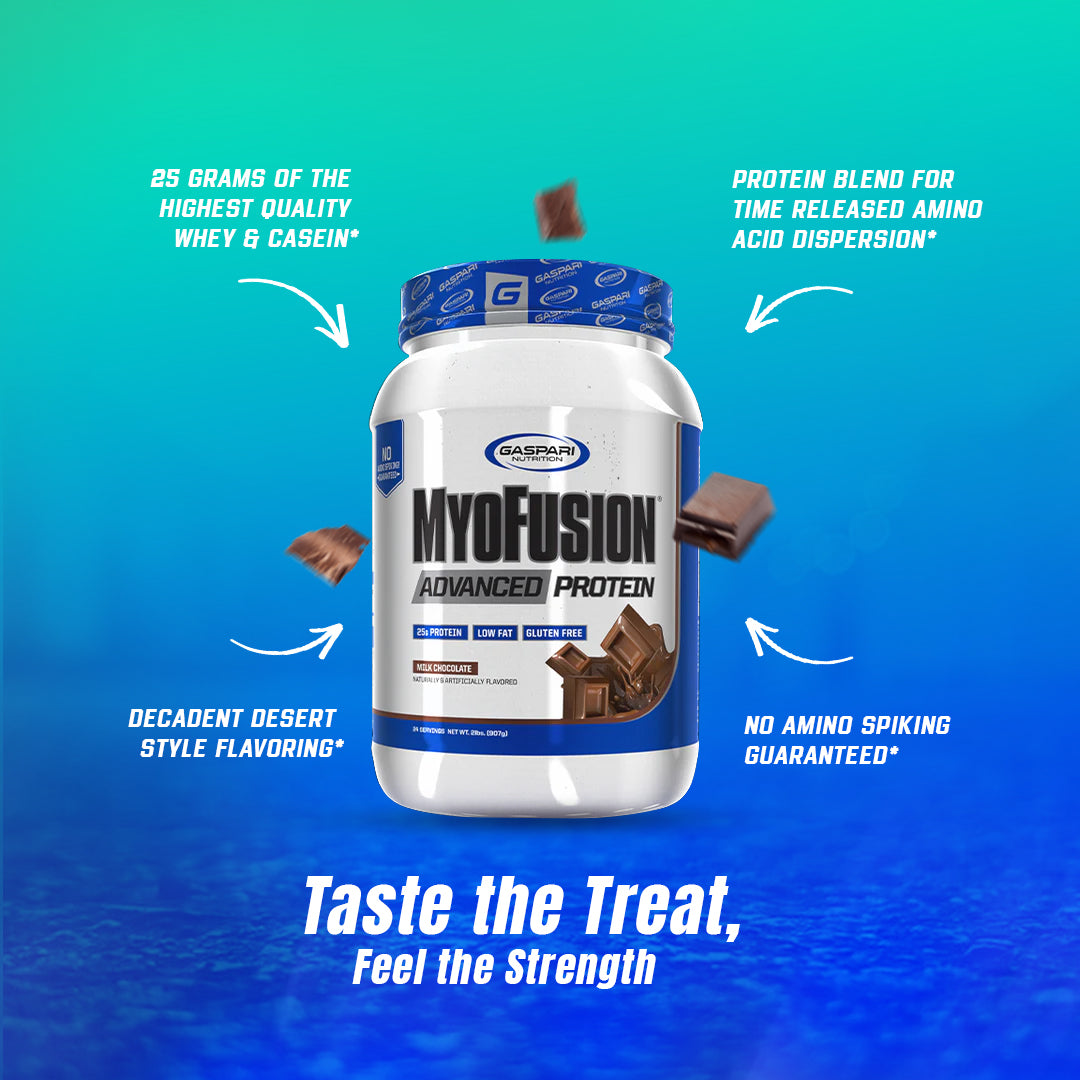

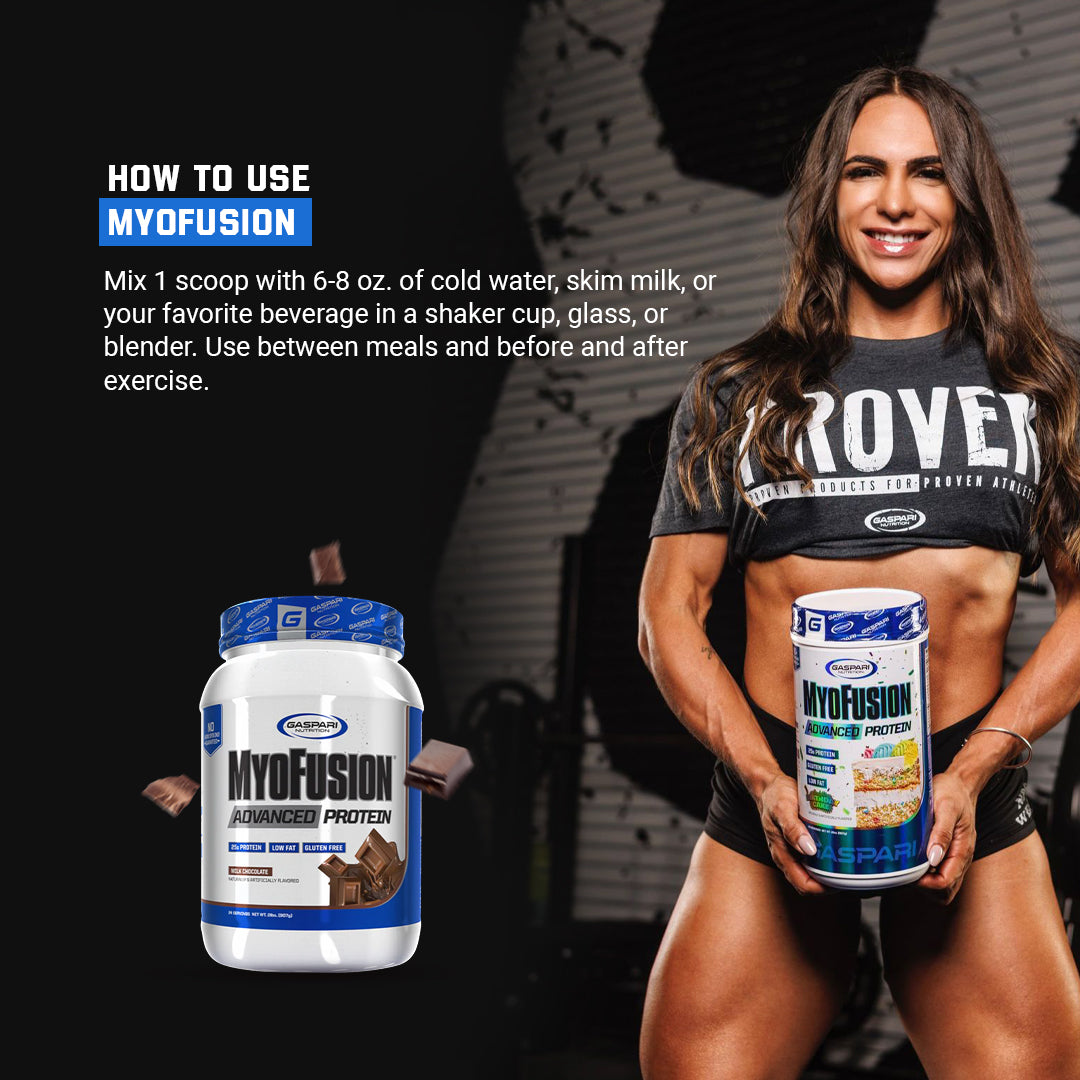





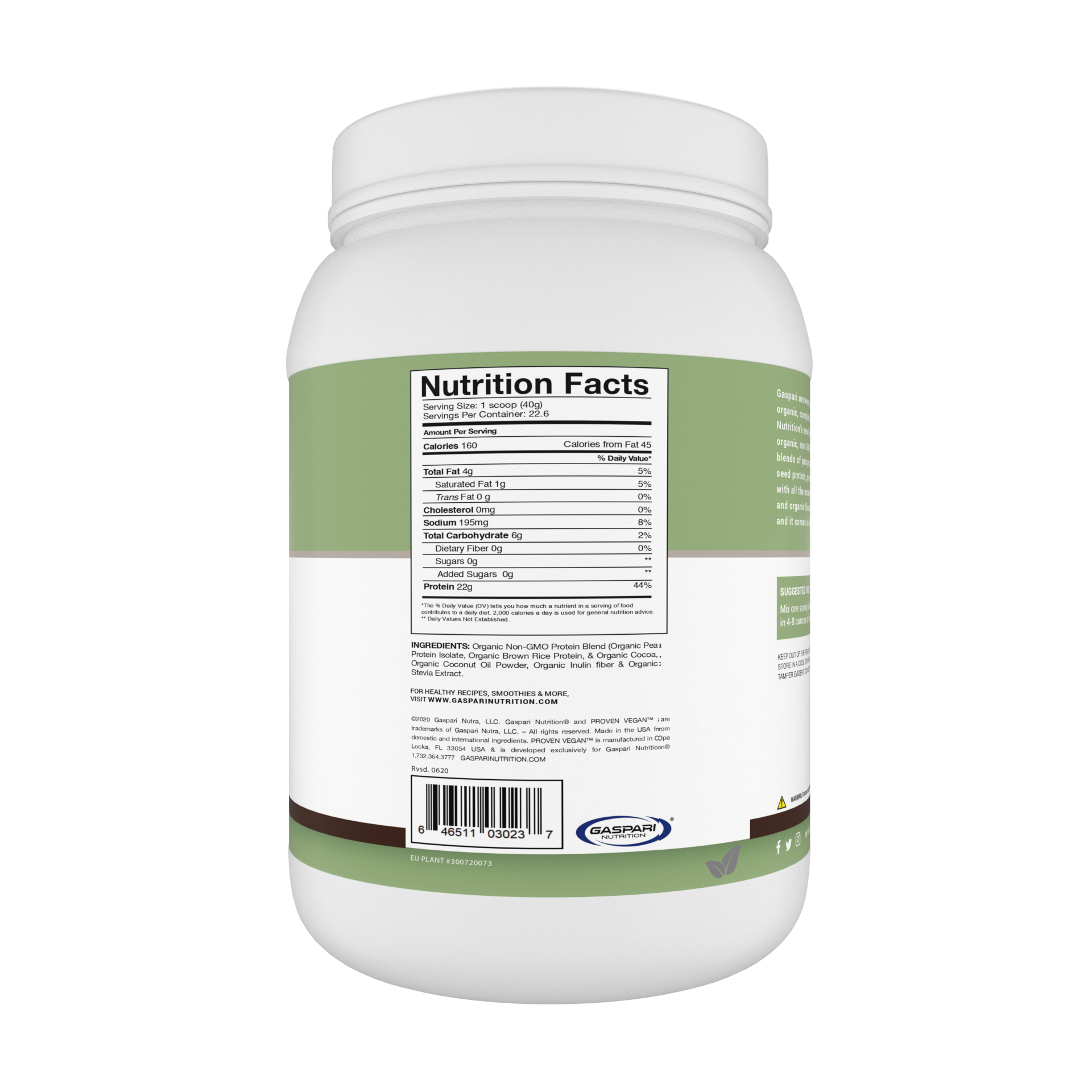

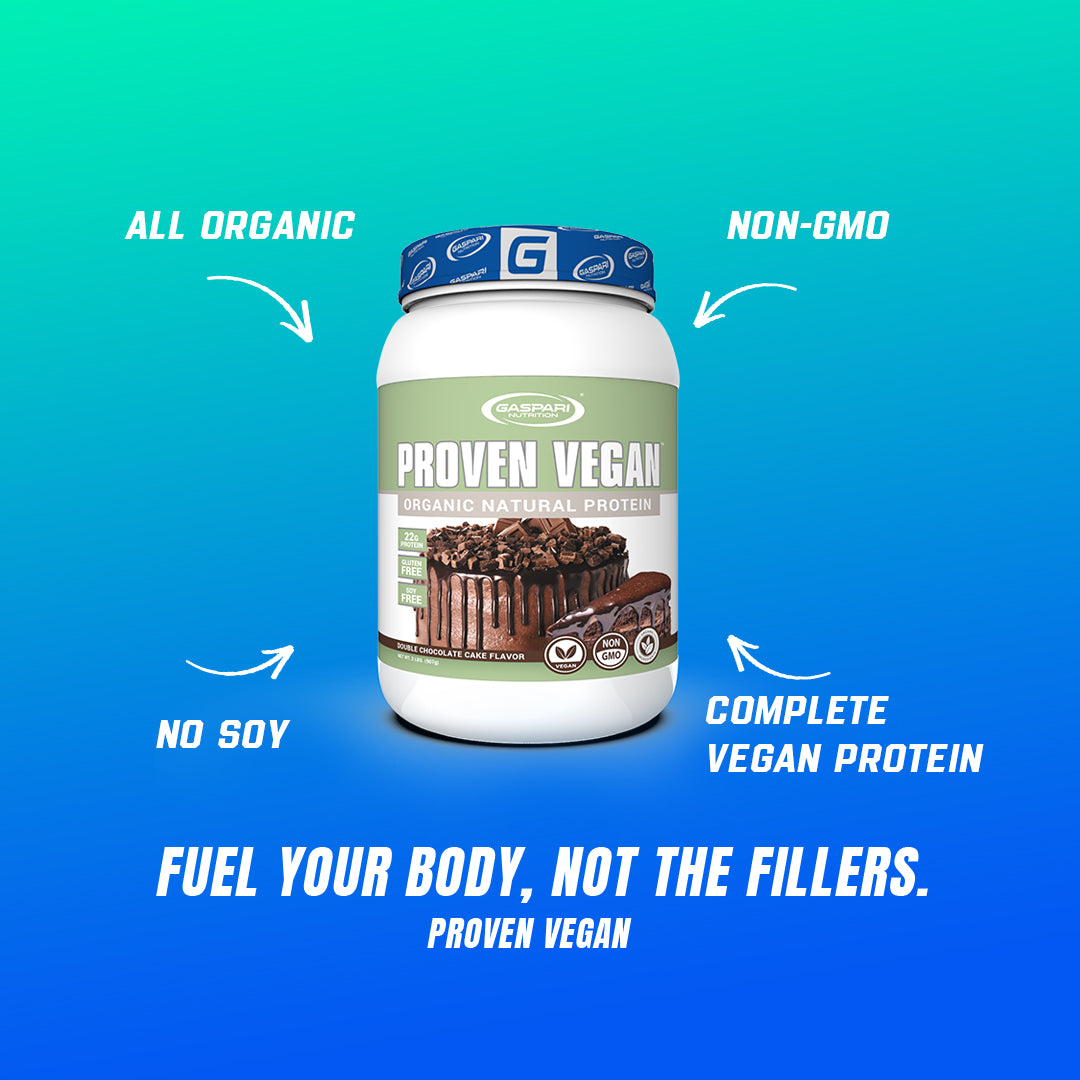



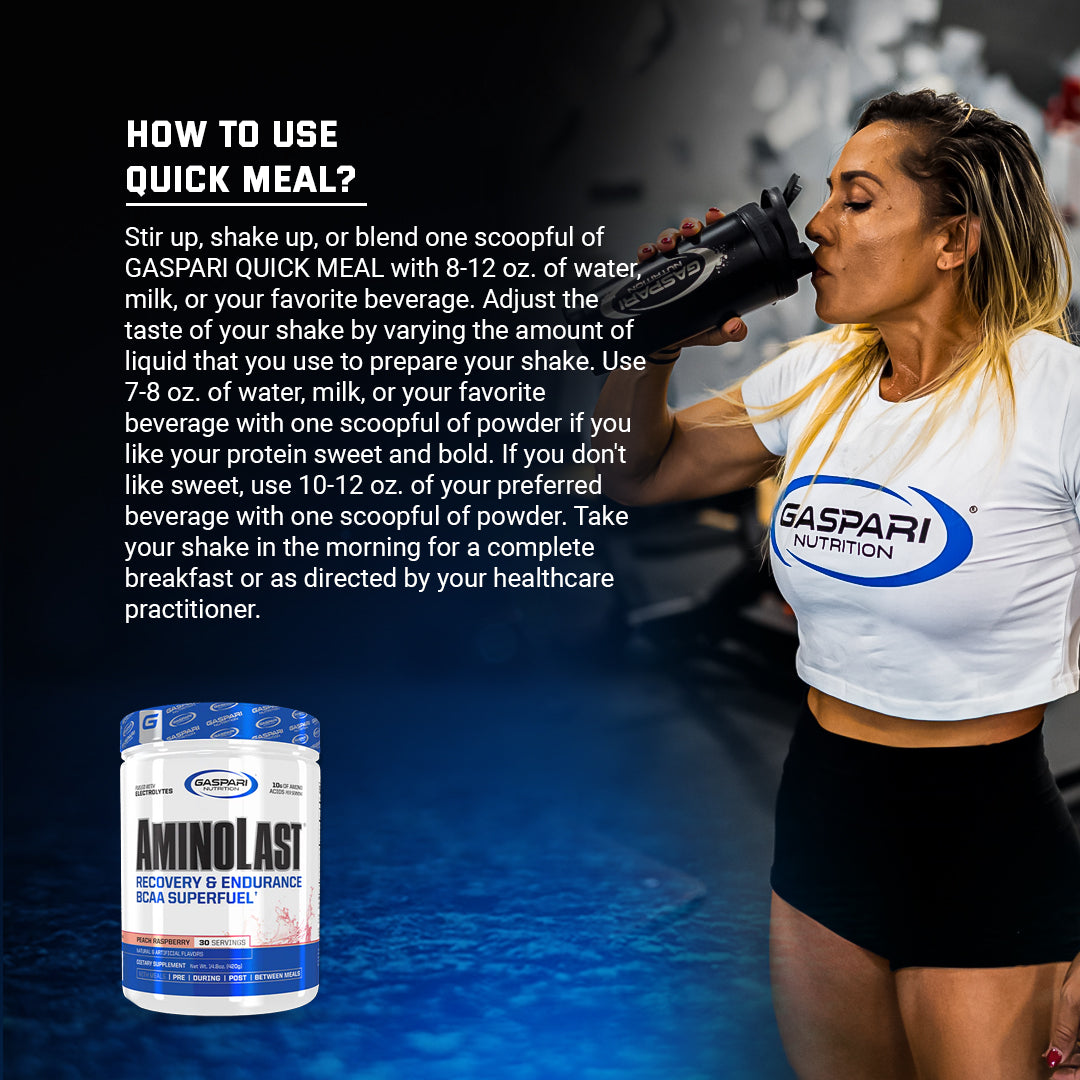
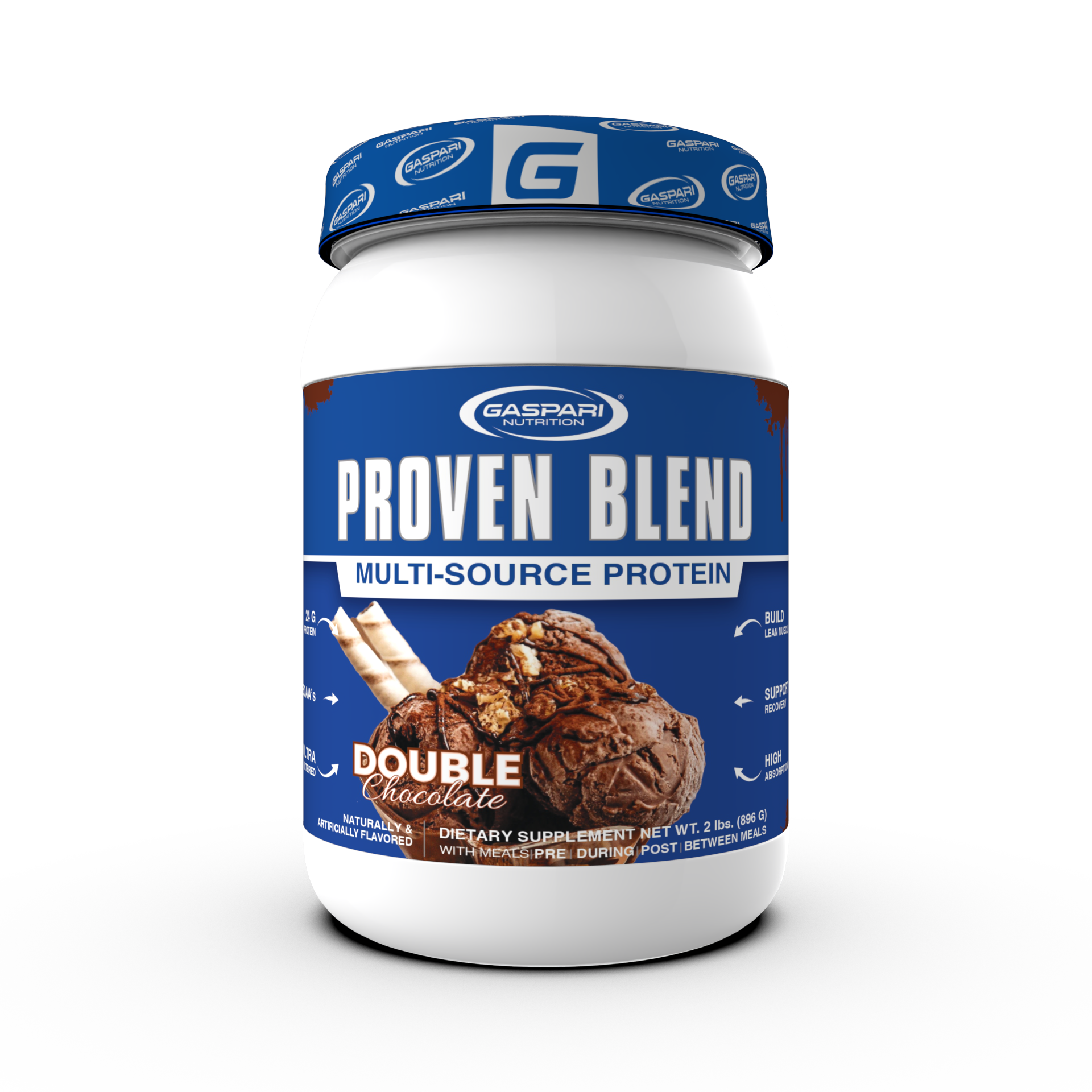
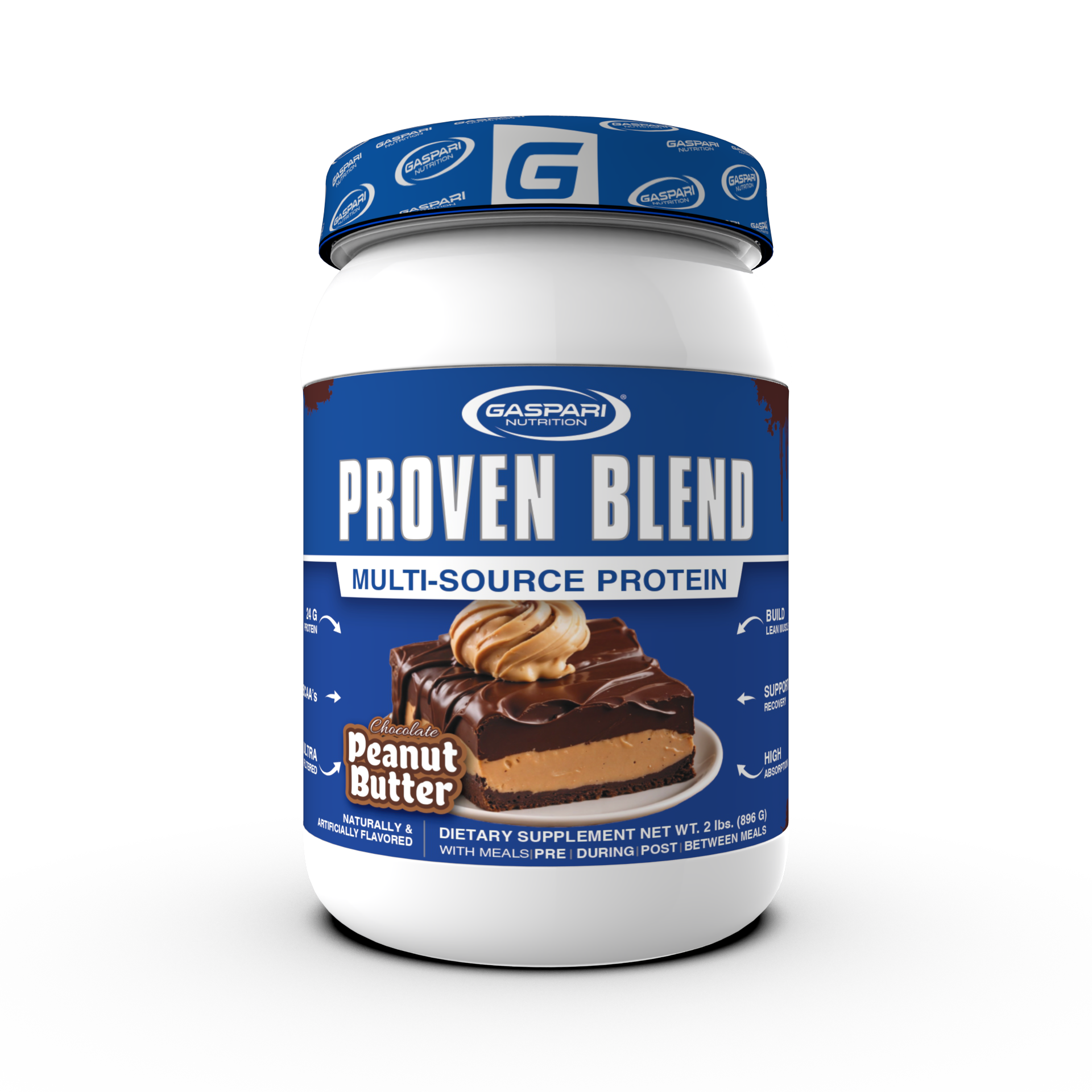











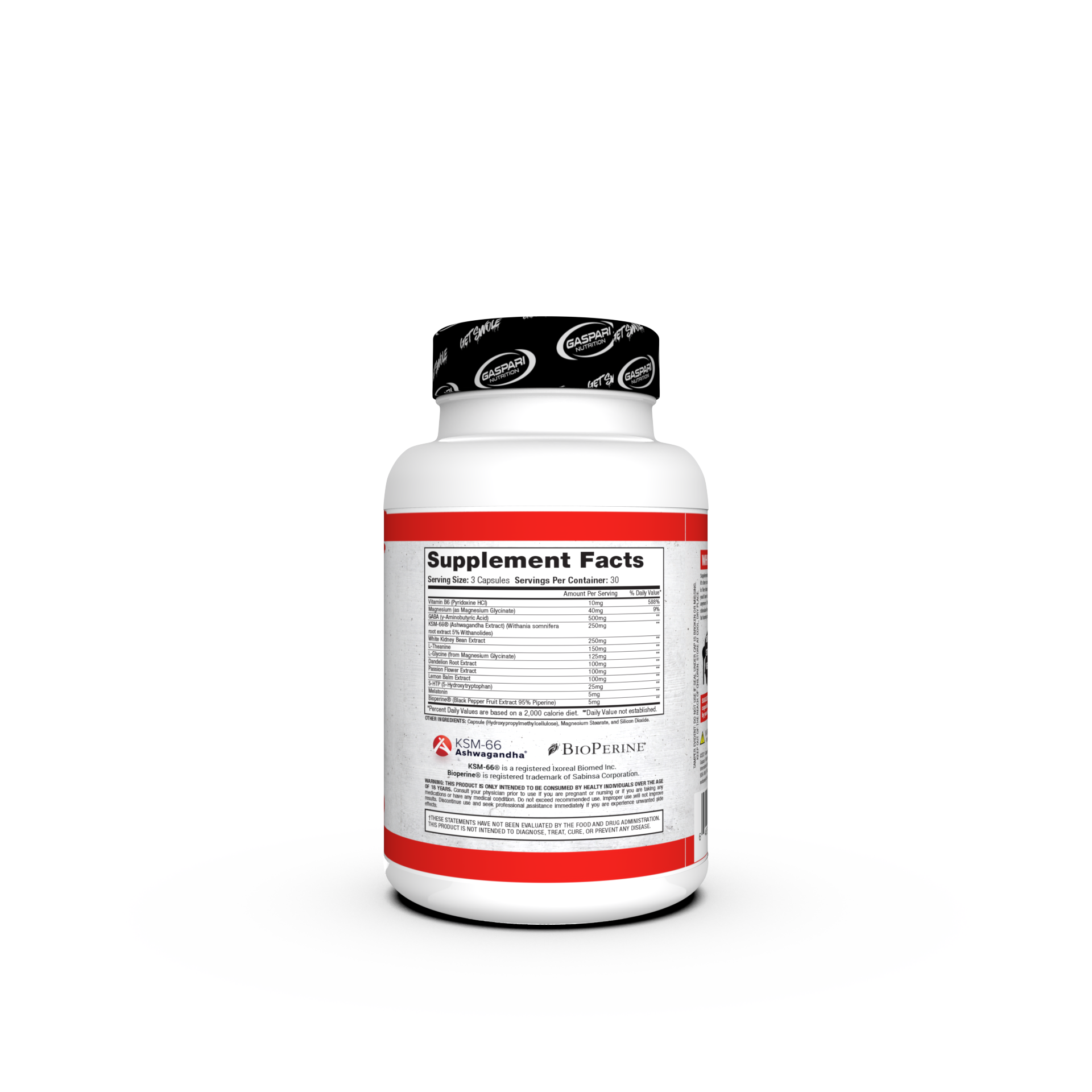
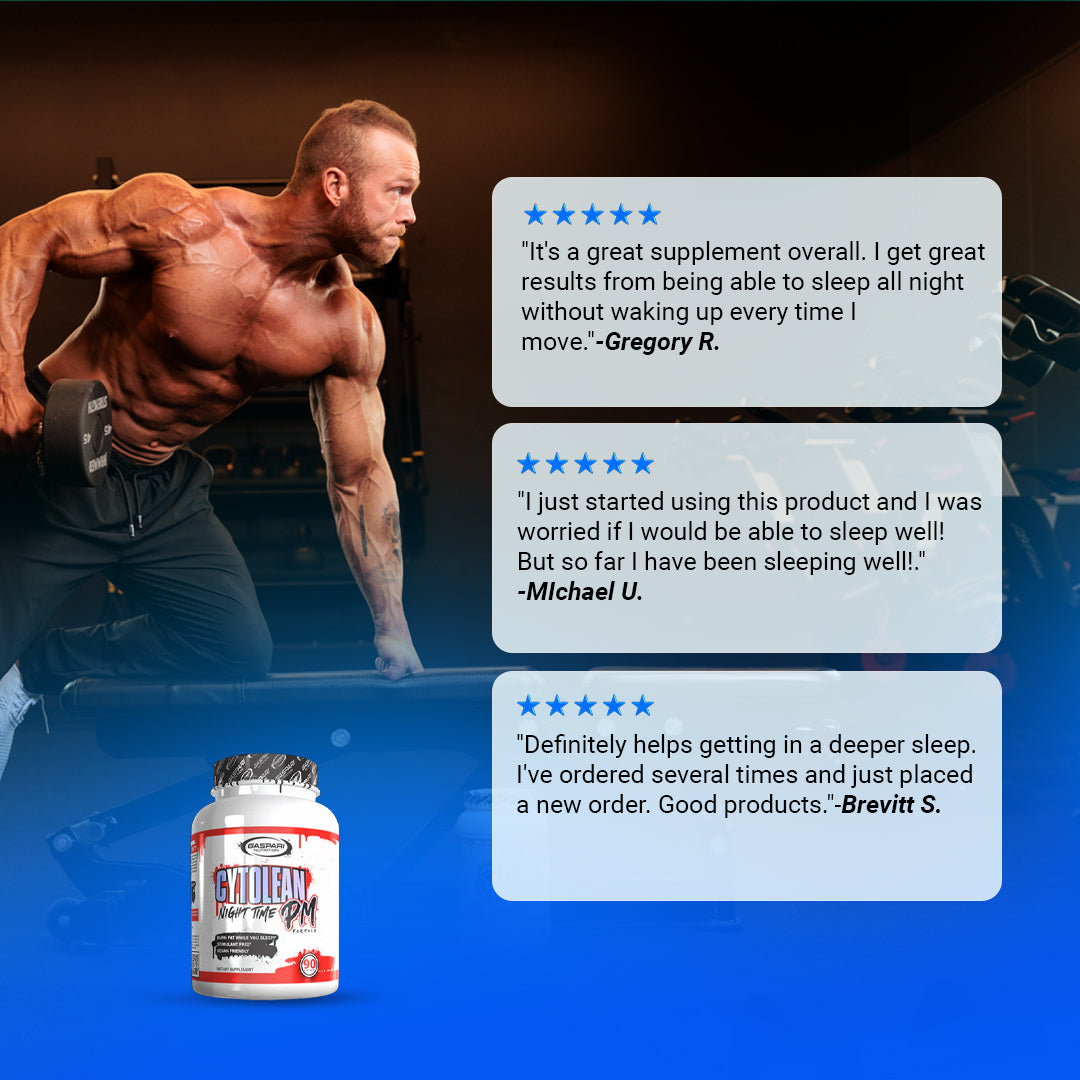







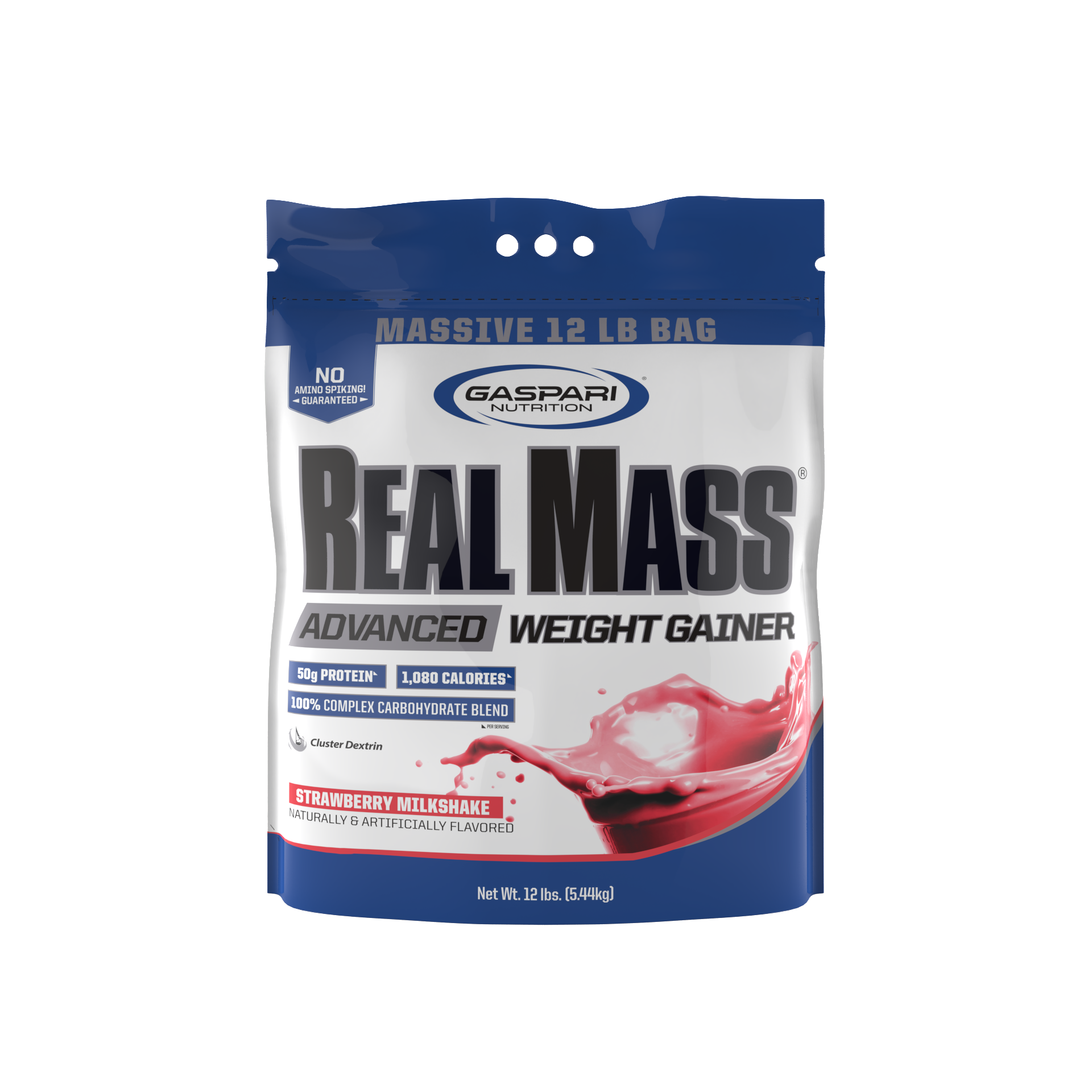

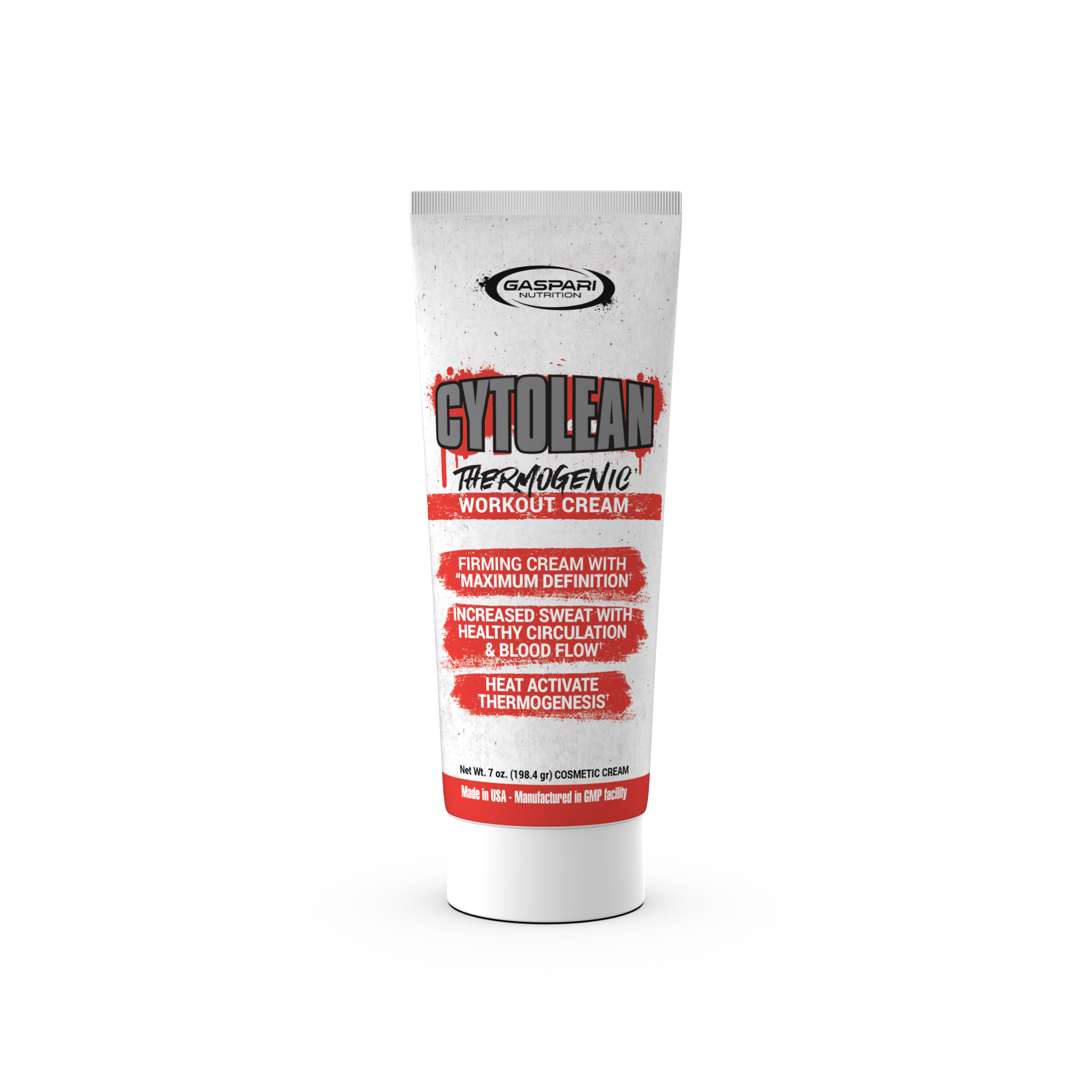








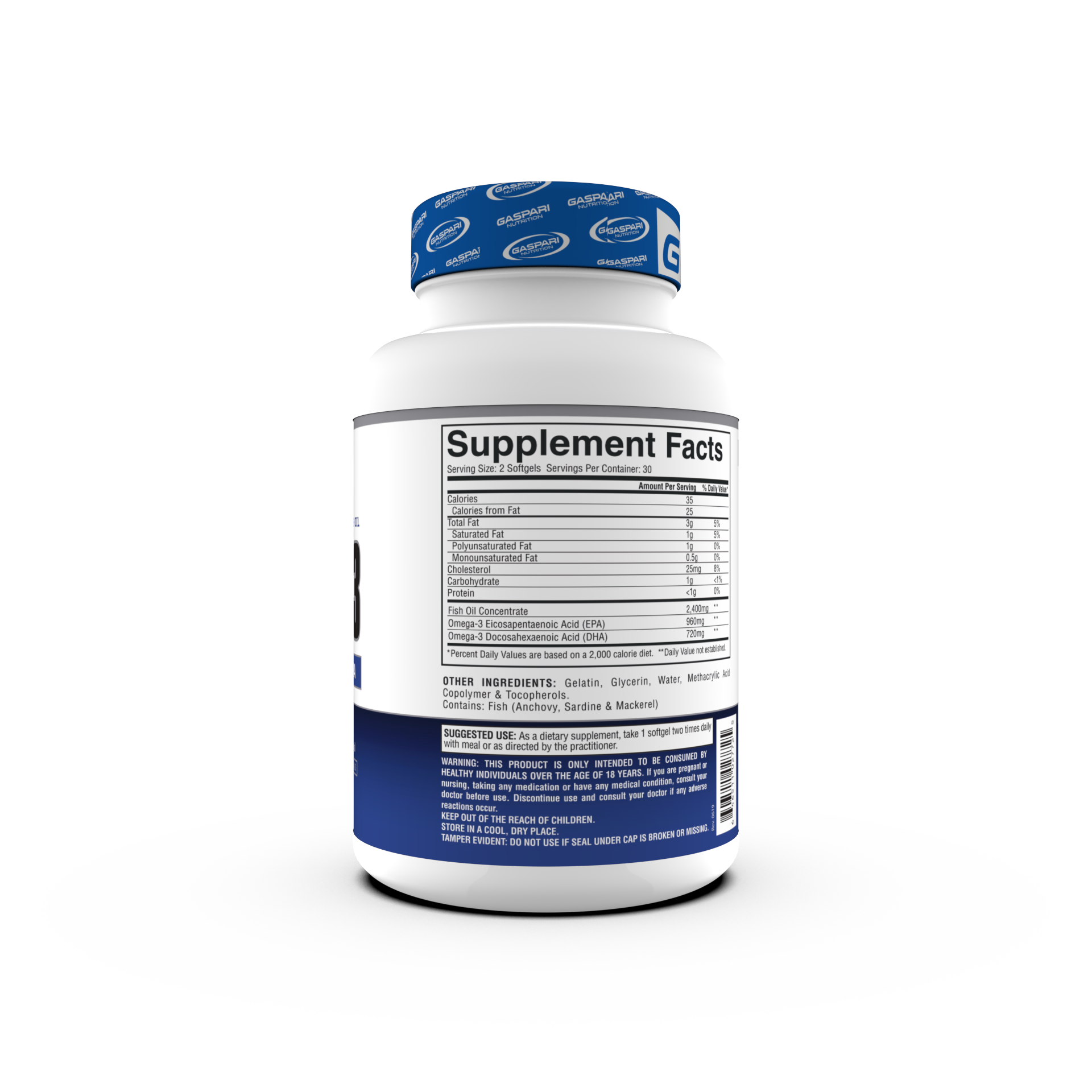


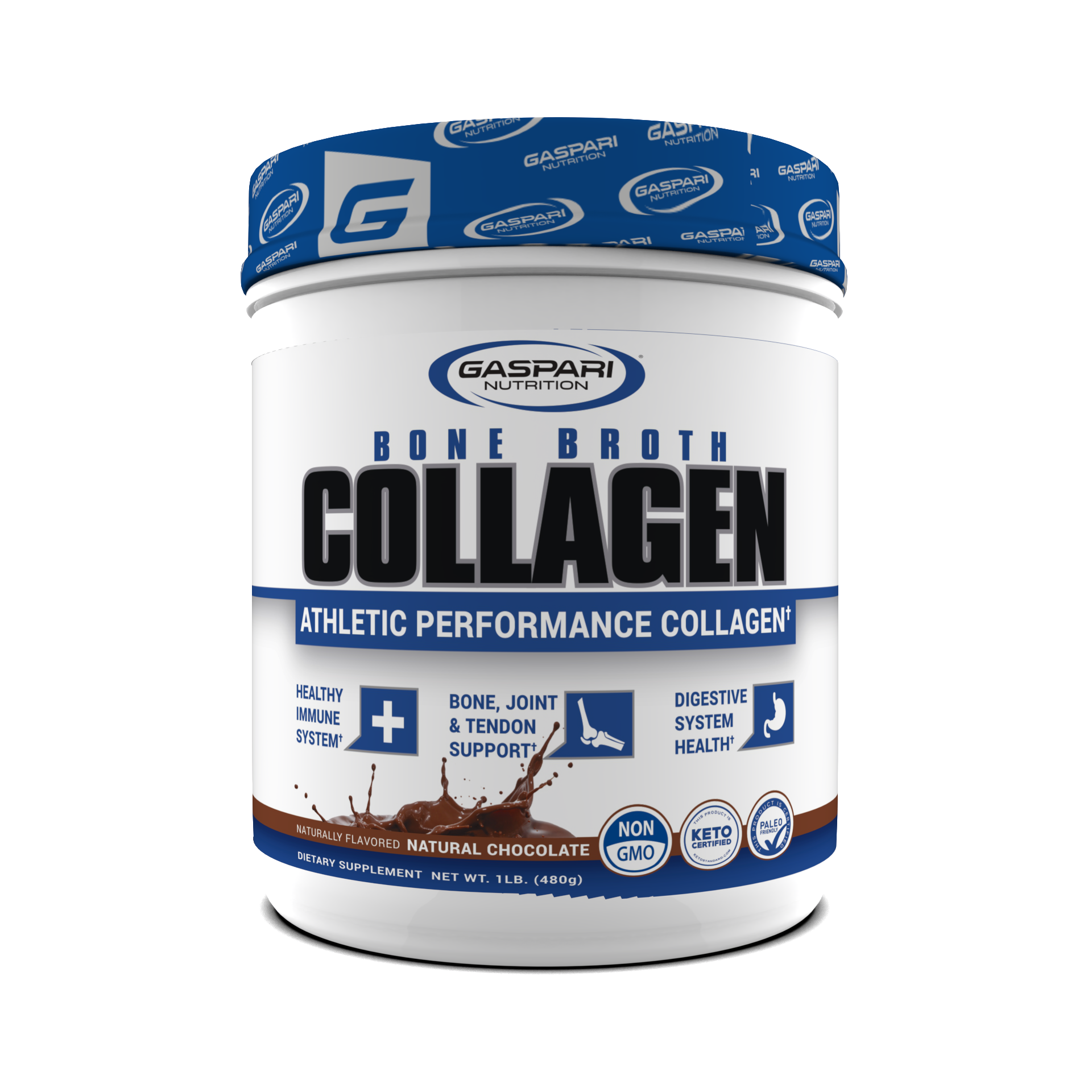









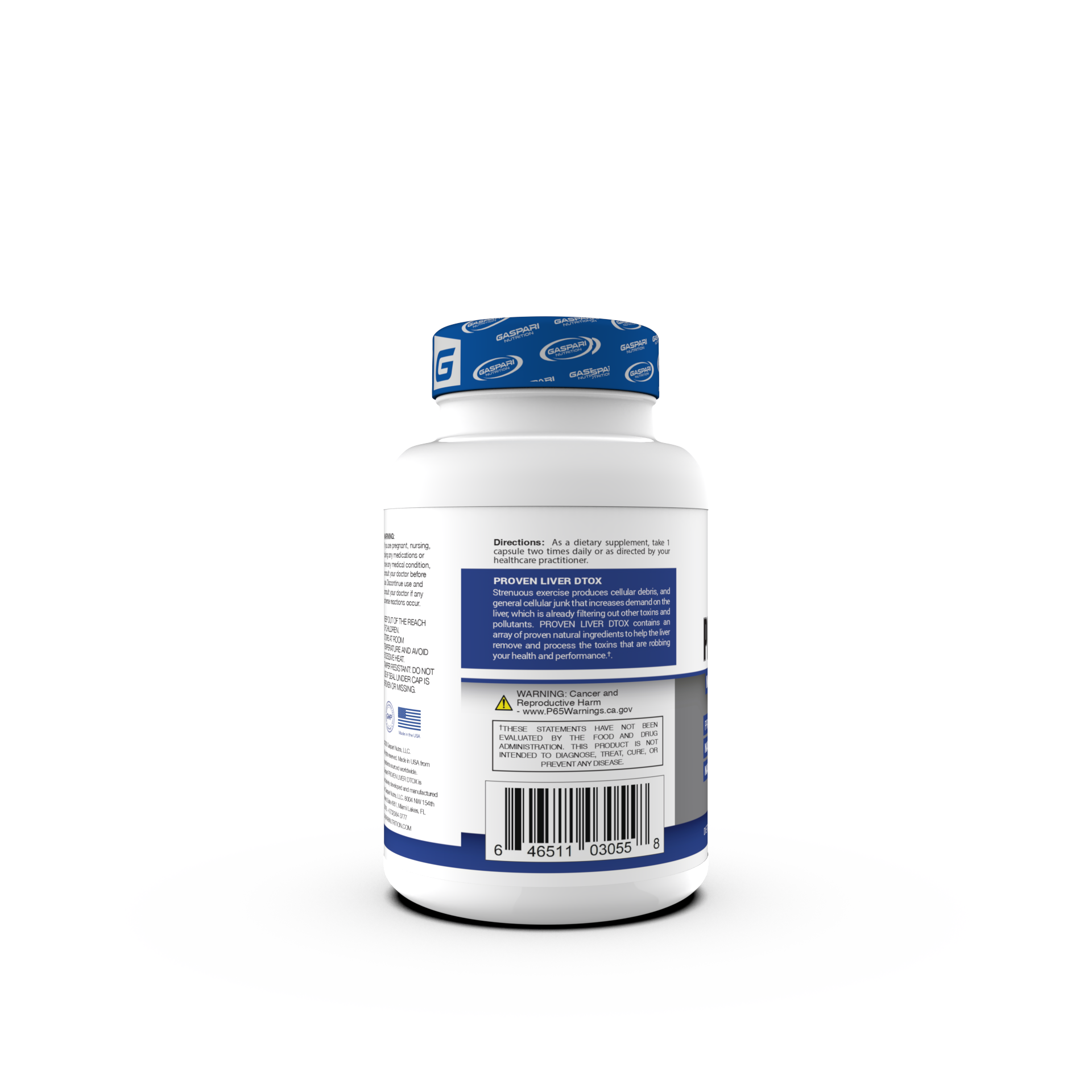

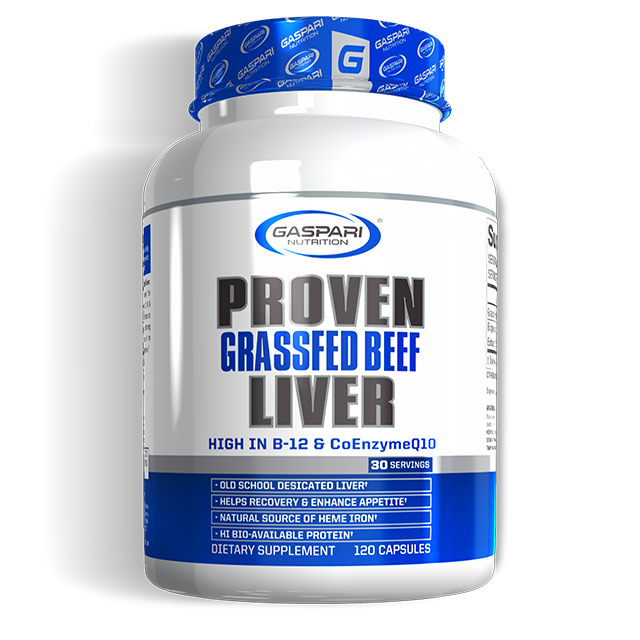





Share:
Should I Build Muscle Or Lose Weight First?
Our List Of The Most Useless Exercise Machines You’ll Find In The Gym